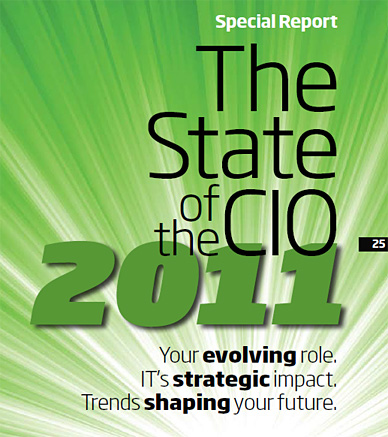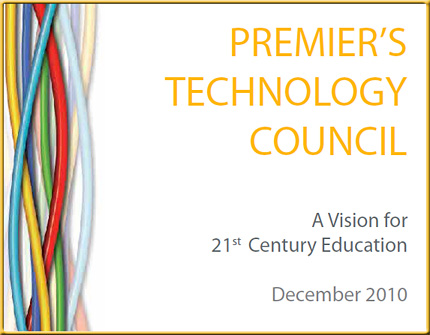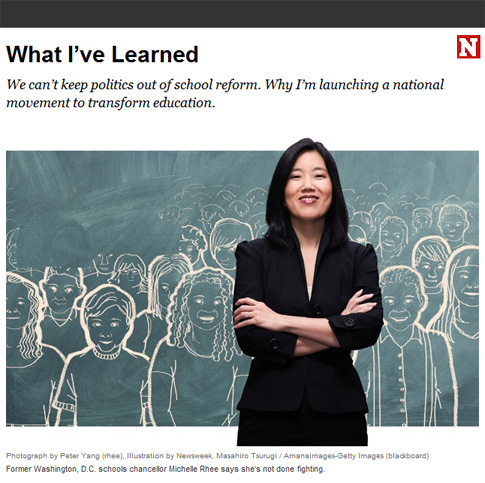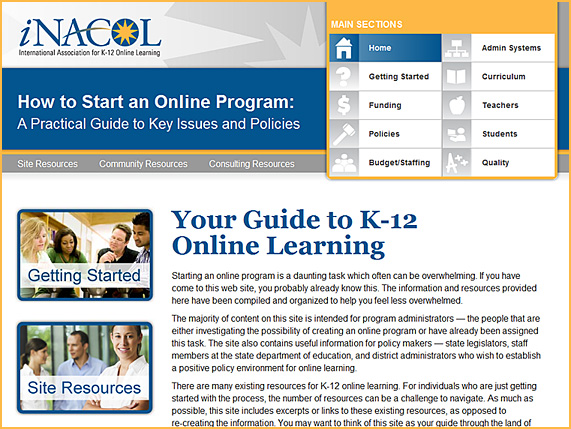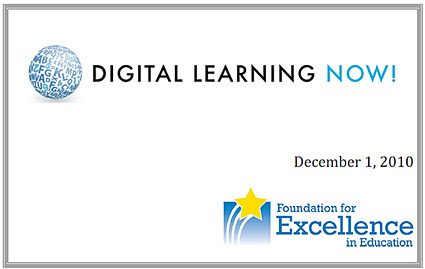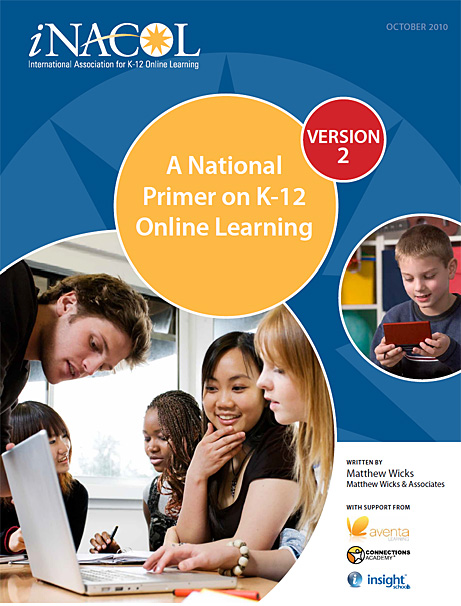Governors will guide the shift to digital learning — from EdReformer.com by Tom Vander Ark
State leadership matters in education (as mentioned in National Journal), now more than ever.
States are broke. While revenues lag, costs continue to escalate (as a result of automatic pay increases, cost of living adjustments, and public pension payments) requiring several more years of painful cutbacks. Without strong state leadership, these cuts will have a disproportionate impact on low-income students.
It’s clear that a decade of standards-based reform has fallen short of expectations. Implementing real college and career ready standards that provide smooth transition to earning college credits will be a central challenge of this decade.
The pivot to personal digital learning holds the promise of customizing and extending learning, ensuring that every student receives quality instruction, and making schools more efficient. However, the shift requires state and local leadership.









